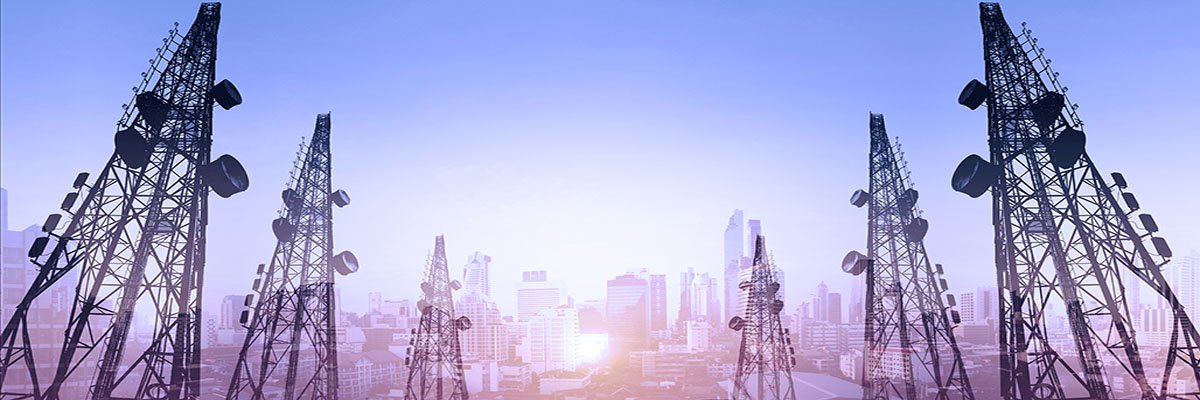March and April of 2020 have been challenging in the public relations and marketing space, forcing companies and their clients to scrap long-planned campaigns and scramble to determine next steps in a world of coronavirus and social distancing. Here at 4media group, we immediately jumped into action and quickly developed the industry’s first fully virtual satellite media tour. Using existing technology, this method allows all parties – station anchors, spokesperson, and technical crew – to deliver a timely and professional satellite media tour while working from entirely different locations.
We spoke with team members in our Media Relations and Production departments to gather key thoughts and lessons learned from creating and executing a new form of content distribution in this unusual time.
#1. LEAD WITH “NEWS YOU CAN USE”.
It’s understandable that clients are hesitant to be proactive during a crisis, especially in the early days. But media contacts are looking for genuine news that provides factual and necessary information for their audiences. The tour message should provide details or tips right up front, letting the viewer know this content will be useful to their lives right now, as well as when current events have passed. It’s important to address the sobering nature of the circumstances, but to also provide solutions to viewers who are feeling very unsettled. Limit overt brand messages as much as possible.
#2. LIGHT IT UP.
While the aesthetic of an in-home interview via video conferencing has become much more acceptable during this pandemic, it’s still important that your spokesperson look as professional as possible. Give yourself plenty of time before the first interview of a tour to get the host on camera and have them adjust the lighting if necessary. It shouldn’t be harsh or focused directly on the subject and they should avoid backlighting, which can cast shadows and obscure their face. Consider using a Ring Light. They can be found readily and inexpensively and would be a useful tool since your technical crew cannot be on-site
#3. COMMIT TO THE PAUSE.
Video conferencing platforms are an integral part of a virtual tour. And while technology has made those frustrating connection delays shorter than ever, chances are you’ll still experience one to some degree. The best course of action is to lean into it and plan accordingly. Make sure to coach the tour spokesperson on listening intently and speaking in tight, crisp sentences. And when they’re done, they’re done – thoughts should end in a definitive manner. This way, the studio anchor will have a clear indication of when to ask the next question, minimizing participants talking over one another and allowing the interview to proceed smoothly.
#4. HARDWIRE IF YOU CAN.
The technical success of a fully virtual satellite media tour can be dependent in large part on the internet speed and stability at the spokesperson’s home. One way to help with the connection delay is to have the spokesperson hardwire their computer into the router rather than using Wi-Fi. This can be done easily using an ethernet cable and will help reduce lag time, improve stability, and reduce potential buffering or sync issues. Another aspect to consider: the spokesperson may be social distancing at home with other family members. When reviewing the day of tour details make sure they understand that, if possible, others in the home should try to avoid being online during the tour (no streaming, for example). Whatever can be done to ensure a clean upload and download should be encouraged.
Innovation and creativity in our industry has never been more crucial, for clients as well as ourselves. If you have a story to tell and you would like to learn more about our Fully Virtual Satellite Media Tour, please don’t hesitate to contact us. We have the talent and resources to get your story out quickly, effectively and responsibly.
